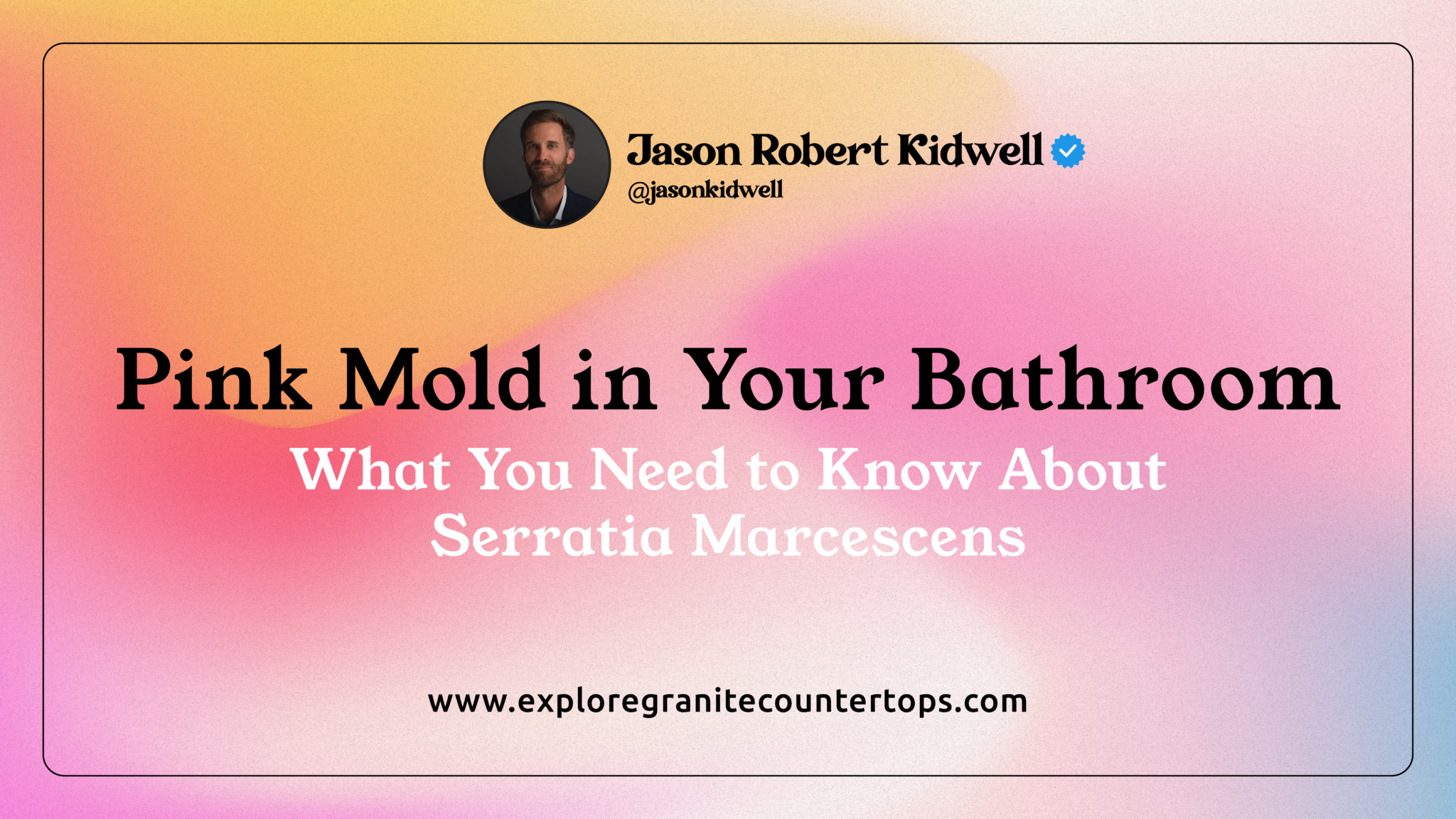
Have you ever noticed that stubborn pink or orange film forming around your bathroom fixtures, grout lines, or shower corners? You might have dismissed it as mold—but what if I told you it’s something far sneakier? That pesky residue isn’t mold at all; it’s a bacteria called Serratia marcescens . And while it may seem harmless at first glance, this “pink mold” can pose serious health risks, especially for those with compromised immune systems.
As someone who has spent years helping homeowners create cleaner, healthier living spaces, I’m here to shed light on this common yet often misunderstood bathroom invader. In this article, we’ll explore what Serratia marcescens is, how it thrives, the potential dangers it poses, and—most importantly—how to prevent and eliminate it from your home. Let’s dive in!
Serratia marcescens is a type of bacteria that naturally occurs in soil, water, and even some animals. It thrives in damp environments, making bathrooms its favorite hangout spot. The bacteria feed on fatty substances found in soap scum, shampoo residues, and other organic materials left behind after bathing.
While it’s most commonly recognized by its distinctive pink or orange hue, Serratia marcescens can also appear reddish or brownish depending on the surface it colonizes. Unfortunately, its vibrant color isn’t just unsightly—it’s a warning sign of potential health hazards.
Although Serratia marcescens may not harm everyone, it can cause significant issues for certain individuals, particularly those with weakened immune systems, respiratory conditions, or chronic illnesses. Some of the health risks include:
For households with young children, elderly family members, or immunocompromised individuals, addressing this issue promptly is critical.
One of the most frustrating aspects of dealing with Serratia marcescens is its persistence. Even after cleaning, it often reappears within days or weeks. Why does this happen?
To truly combat this bacteria, you need a targeted approach that addresses both prevention and removal.
The good news is that with proper care and maintenance, you can keep Serratia marcescens at bay. Here are my top tips for preventing and eliminating pink mold from your bathroom:
If you’ve tried everything and still can’t get rid of pink mold, it might be time to call in the experts. Persistent bacterial growth could indicate underlying issues such as poor ventilation, plumbing leaks, or excessive moisture buildup. At Explore Remodeling, we specialize in creating healthier, more functional spaces by addressing these root causes. From upgrading ventilation systems to replacing outdated fixtures, we can help ensure your bathroom stays fresh and hygienic year-round.
Pink mold—or rather, Serratia marcescens —is more than just an eyesore; it’s a potential health hazard that shouldn’t be ignored. By understanding how this bacteria thrives and taking proactive steps to prevent its growth, you can protect your family and enjoy a cleaner, safer bathroom environment.
At Explore Remodeling, we believe that every detail matters when creating a home that supports your well-being. If you’re struggling with persistent bathroom issues or simply want advice on improving your space, feel free to reach out at [email protected] . Together, we can turn your bathroom into a sanctuary—not a breeding ground for bacteria.
Until next time, stay safe and keep those bathrooms sparkling!
Jason Robert Kidwell
Founder, Explore Remodeling
Reach out to us with your ideas and questions. Our team is ready to connect with you and bring your dream space to life